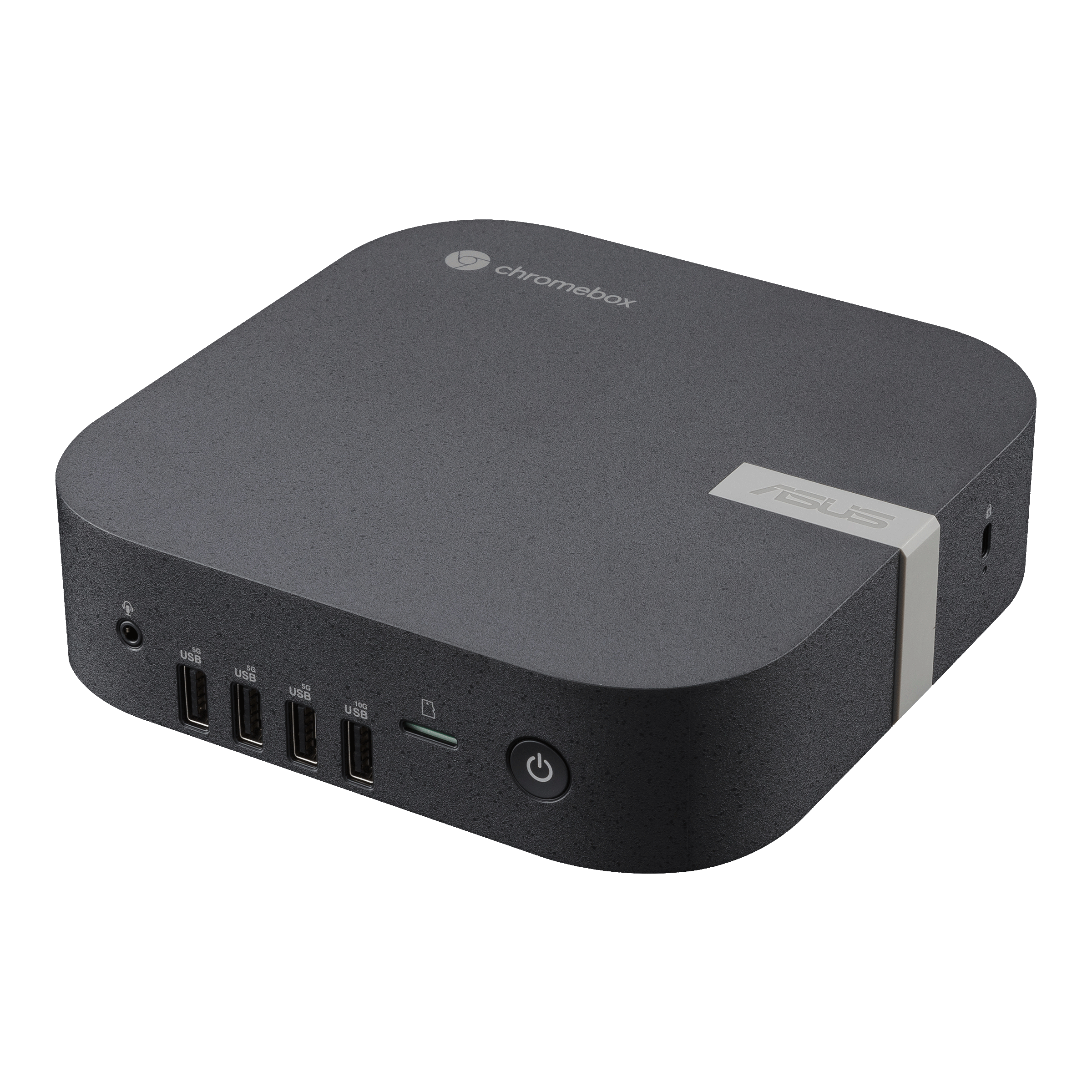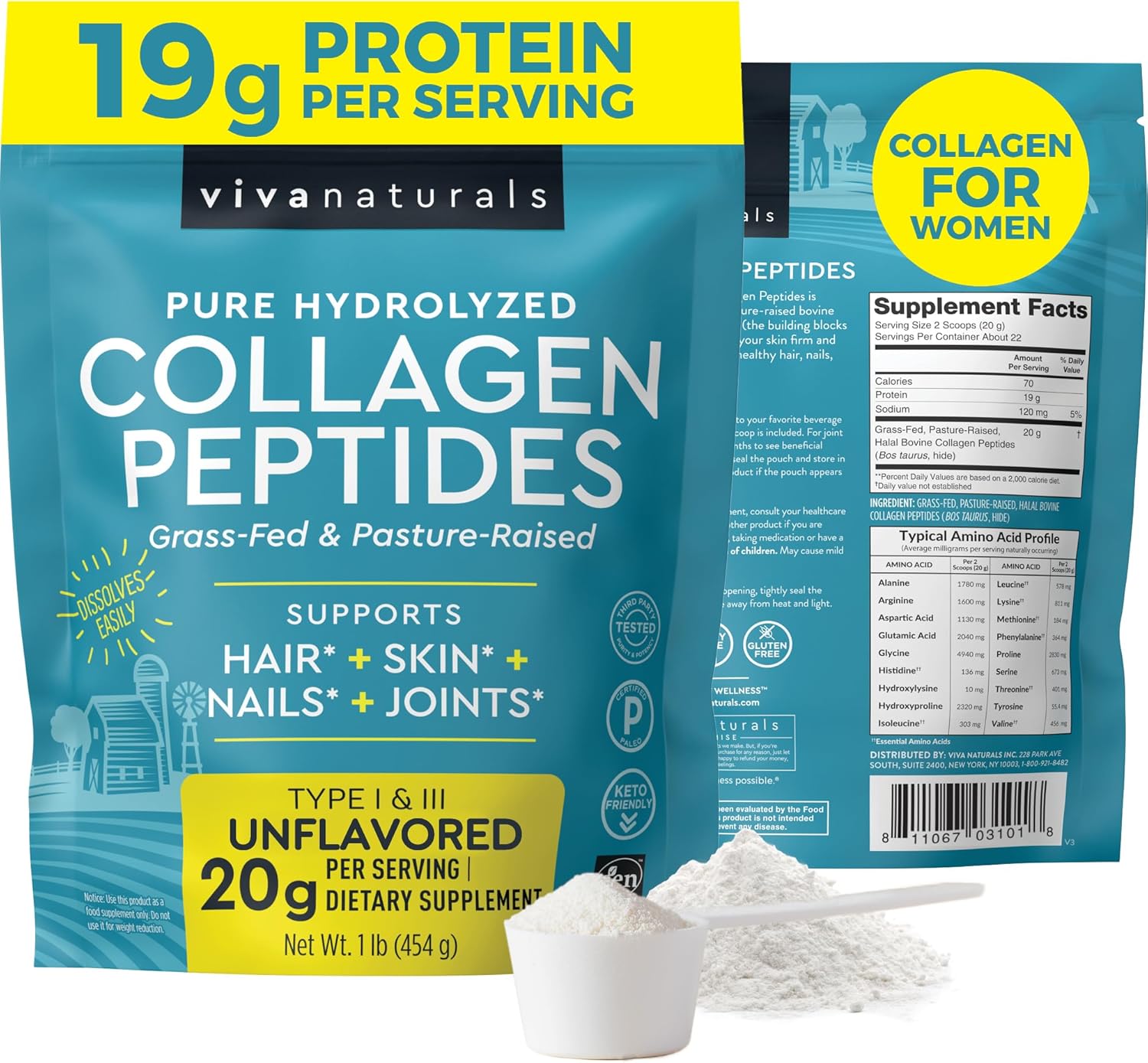When traditional desktops take up too much desk space and budget-friendly mini PCs fail to keep up with modern workloads, finding a compact machine that truly performs can feel impossible.
In this article, you’ll learn everything you need to know about the ASUS Chromebox 5a—from unboxing and initial Chrome OS setup to benchmark results, connectivity options, enterprise-grade management tools, and creative use cases that showcase its versatility in both home and business environments.
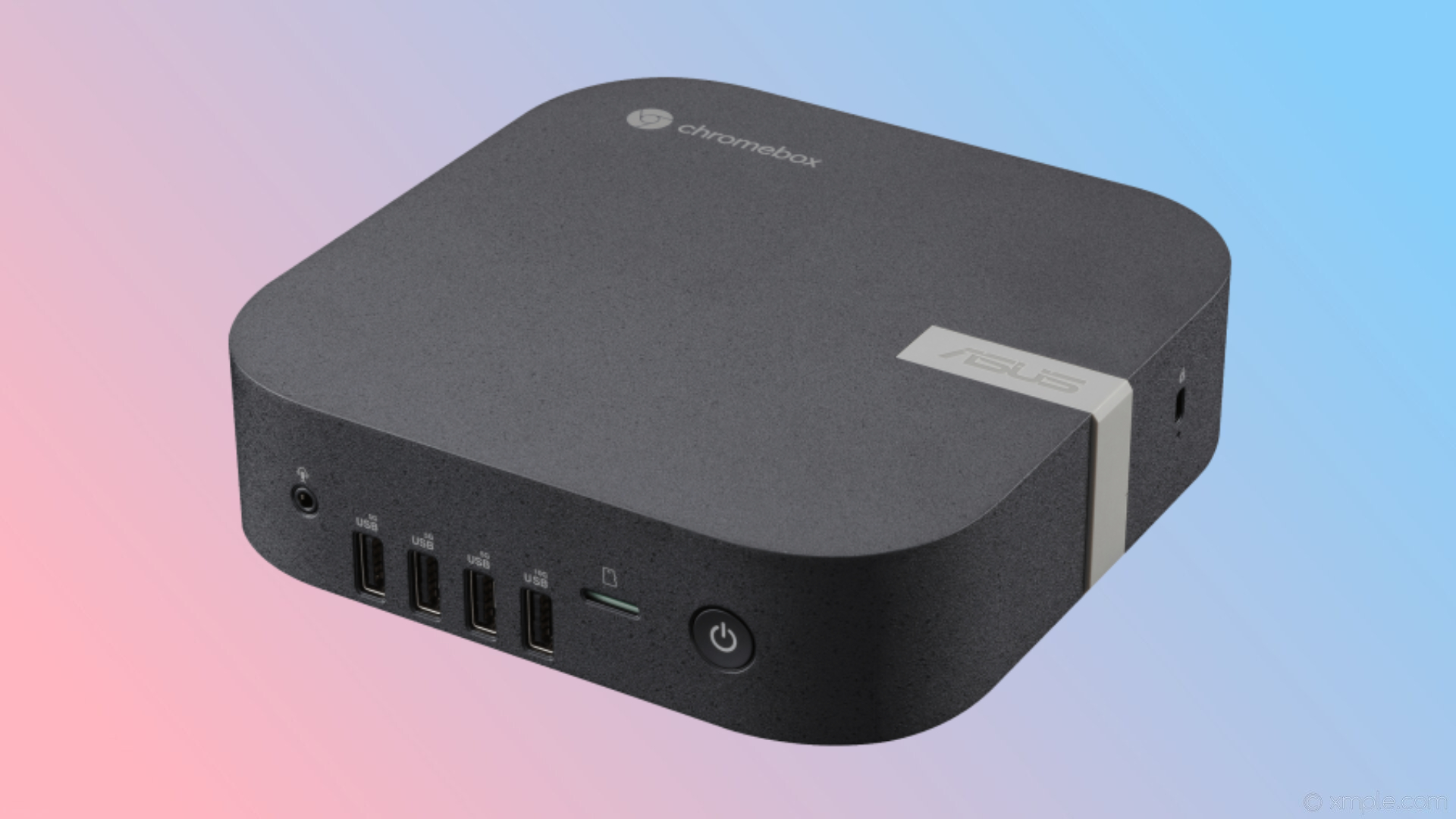
Sleek, Space-Saving Design with Premium Build
The ASUS Chromebox 5a measures a mere 5.4 × 5.4 × 1.9 inches and weighs under two pounds—making it one of the most compact Chrome OS desktops on the market. Its anodized-aluminum chassis features a textured top panel that resists scratches and fingerprints, while four rubberized feet ensure stable placement on any surface. The ventilated sides promote efficient airflow, keeping internal temperatures low and fan noise near-silent even under load.
Gone are the days of noisy tower PCs cluttering your workspace; the Chromebox 5a blends into any modern aesthetic—whether tucked behind a monitor with the included VESA-mount bracket or placed next to a minimalist laptop on a co-working desk. Its subtle Acer-white finish complements both home and office setups, proving that small form factors need not sacrifice style or build quality.
Chrome OS: Fast, Secure, and Always Up to Date
One of the standout advantages of the ASUS Chromebox 5a is its integration with Chrome OS—a lightweight, browser-based operating system designed for speed and security. On first boot, the machine launches in under 8 seconds and signs into your Google account almost instantaneously, syncing bookmarks, extensions, wallpapers, and settings across devices. Automatic background updates deliver the latest security patches and feature releases every six weeks, eliminating manual maintenance and ensuring you always run the most secure OS version.
Chrome OS’s sandboxed architecture confines web pages and Android apps within isolated containers, preventing malware from spreading across the system. Google’s Verified Boot process checks system integrity on each startup, rejecting compromised firmware or OS images before they can execute. For users tired of spending hours on antivirus scans and patch management, the Chromebox’s turnkey security model offers genuine peace of mind.
Hardware that Packs a Punch
Despite its diminutive size, the ASUS Chromebox 5a delivers robust performance powered by Intel’s 12th-Gen Alder Lake “U” series processors. Configurations start at the Intel Core i3-1210U (dual-core, 8 threads, up to 4.4 GHz) and scale to the Core i7-1260U (quad-core, 12 threads, up to 4.7 GHz), paired with Intel Iris Xe graphics for smooth video playback and light creative work.
Benchmarks underscore its capabilities:
- JetStream 2: Scoring 250+ indicates snappy JavaScript execution in web apps like Google Docs and Figma.
- Speedometer 2.0: Achieving 180+ demonstrates fluid responsiveness in single-page applications such as Gmail and Trello.
- WebXPRT 4: Above 160 marks strong performance in mixed workloads—photo editing, data analysis, and light video conferencing.
With up to 16 GB of LPDDR4X RAM and 128 GB of NVMe SSD storage, multitasking across dozens of browser tabs, Android apps, and Linux-based IDEs feels effortless. Large file transfers, local code compilation, and database queries execute without hiccups—proving the Chromebox 5a more than capable of replacing conventional mid-range desktops for most users.
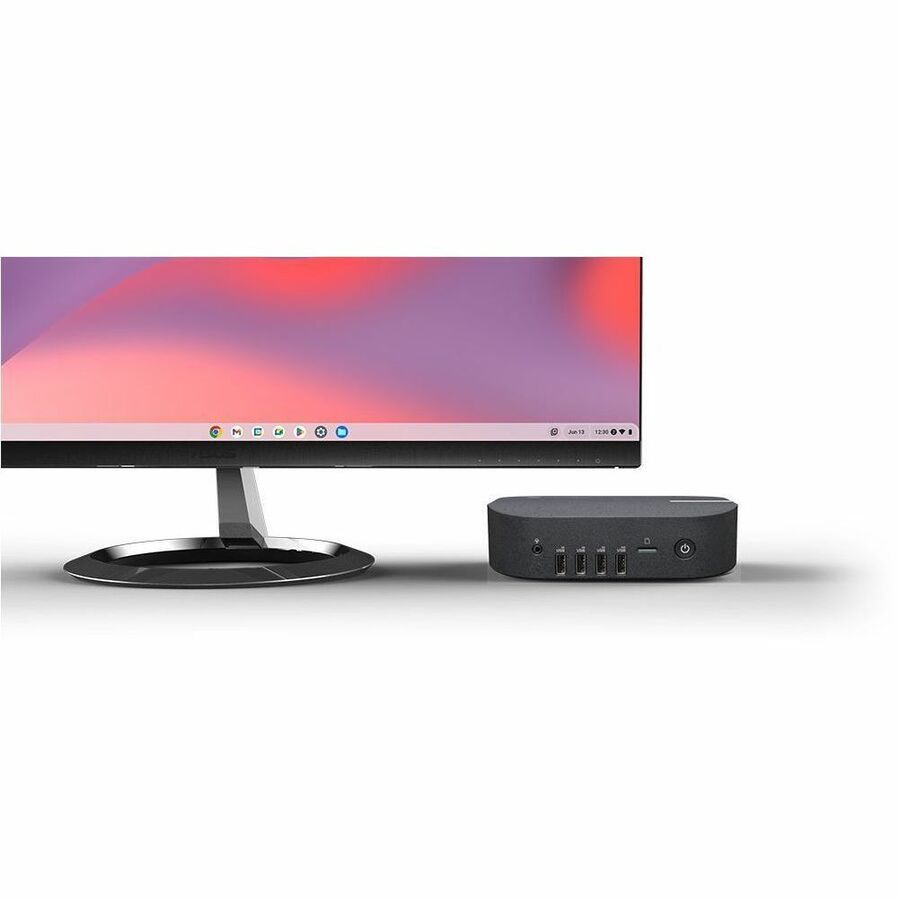
Connectivity and Expansion Port Suite
Versatility demands flexible ports, and the ASUS Chromebox 5a delivers:
- Two HDMI 2.0 ports: Support dual-4K displays at 60 Hz for extended desktop or mirrored presentations.
- Two USB 3.2 Gen 2 Type-A ports: High-speed peripherals like external SSDs and 10 GbE adapters plug in easily.
- One USB 3.2 Gen 2 Type-C port: Enables 10 Gbps data, DisplayPort Alt Mode, and 65 W Power Delivery output—ideal for charging laptops or powering docks.
- One Gigabit Ethernet RJ45: Ensures reliable wired networking when Wi-Fi can’t be trusted.
- Wi-Fi 6E + Bluetooth 5.2: Provides ultra-low latency wireless connectivity, future-proofed for high-density environments.
- 3.5 mm combo audio jack: For headsets and speakers in remote-work scenarios.
Enterprise variants add a Kensington lock slot for physical security, a microSD card reader for easy media transfers, and optional vPro-enabled processors for remote management of out-of-band diagnostics and firmware updates. Collectively, this port arsenal transforms the Chromebox 5a into a docking station, digital signage player, or corporate thin client—adapting to nearly any use case.
Effortless Deployment and Management at Scale
For organizations deploying hundreds or thousands of devices, the ASUS Chromebox 5a integrates seamlessly with Chrome Enterprise management. IT administrators can enroll devices in the Google Admin console, then push policies, install web or Android apps, and configure network settings—all from a centralized dashboard. Device lockdown features prevent unauthorized configuration changes, disabling USB ports, kiosk mode, or browser extensions as needed.
Automatic policy updates ensure compliance with security frameworks such as CIS Benchmark, GDPR, and SOC 2, while remote diagnostics collect performance logs and telemetry data for proactive support. Zero-touch provisioning allows Chromeboxes to ship directly to end users and auto-enroll on first network connection—minimizing IT overhead and accelerating time to productivity.
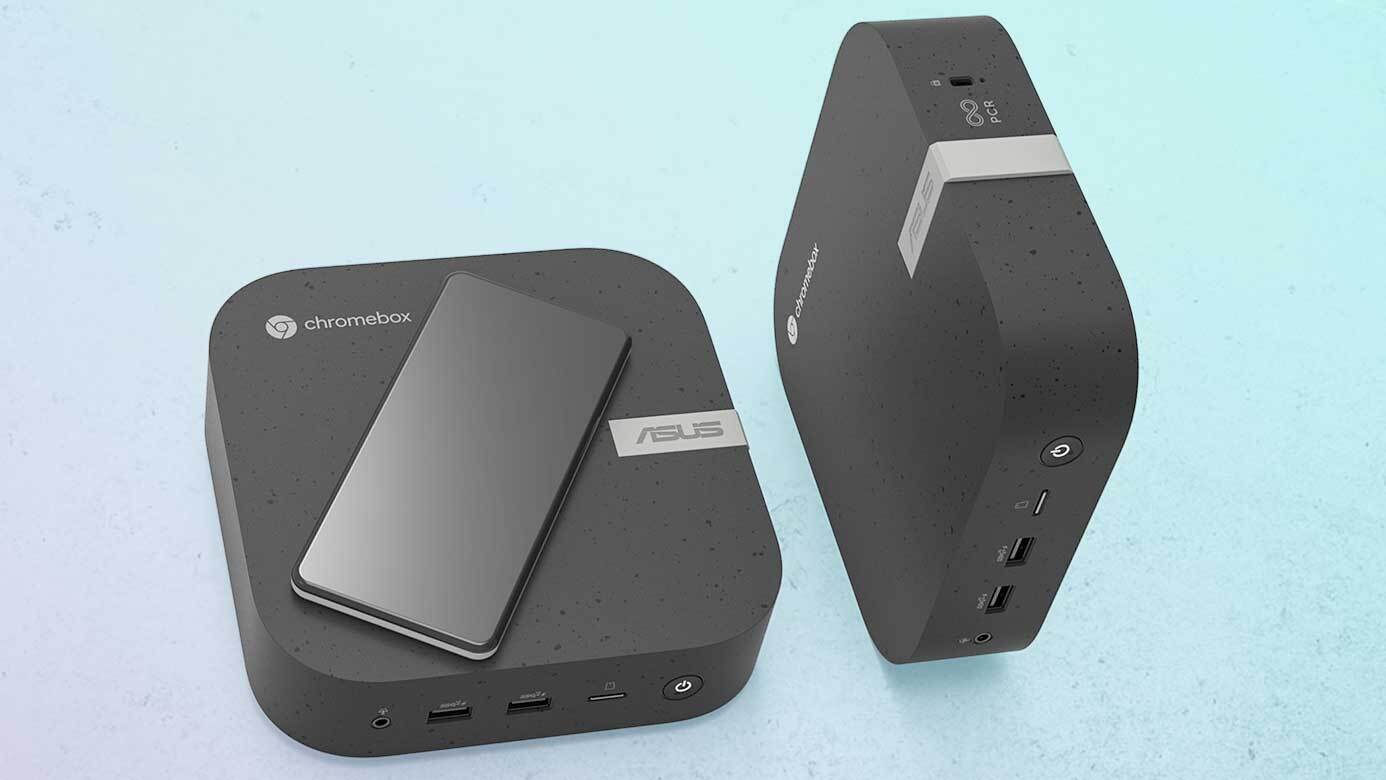
Productivity and Collaboration: Built for Hybrid Work
The ASUS Chromebox 5a excels in meeting spaces and home offices alike. With built-in support for Google Meet, Microsoft Teams via web or Android app, and Zoom for Chrome OS, video conferences launch with a click—no installation headaches. External webcams and USB speakerphones connect instantly, and Chrome OS’s low-latency audio stack ensures clear, synchronized sound.
On the productivity front, users have access to the full Google Workspace suite—Docs, Sheets, Slides—alongside Linux apps via the Crostini container for development tools like Visual Studio Code, Git clients, and command-line utilities. Designers can run Android-based editing apps or lightweight Linux graphics software. For call centers, Chromeboxes deploy in soft-phone or web-CRM configurations, while digital-signage operators schedule content via web portals—transforming these mini PCs into versatile computing endpoints.
Creative Use Cases Beyond the Desktop
The Chromebox 5a isn’t just for office work; its compact footprint and robust performance unlock imagination across diverse scenarios:
- Digital Signage and Kiosks: Run 24/7 Chrome OS in kiosk mode to display interactive wayfinding, menus, or ads—powered by dual-4K outputs and affordable licensing.
- Media Streaming Hub: Install Android TV or Plex web client in Chrome OS to stream 4K content to living-room displays—transforming the chromebox into a smart TV box.
- Classroom Computing: Simplified login, automatic updates, and easy Google Classroom integration make it ideal for computer labs and library stations.
- Edge AI Inference: Leverage TensorFlow.js and WebGL for lightweight machine-learning demos—experiment with object detection and real-time data visualization in browser.
- Home Lab Server: Run Docker or Kubernetes in Linux container mode to host web services, network monitoring tools, or personal cloud storage on a small, power-efficient device.
These creative adaptations demonstrate how the Chromebox 5a transcends traditional desktop roles—fueling innovation in both professional and personal projects.

Energy Efficiency and Sustainability
Under typical office loads, the ASUS Chromebox 5a consumes just 6–10 W, compared to 60–100 W for mainstream tower PCs. Embedded power-management policies automatically dim displays, suspend inactive sessions, and throttle background processes—reducing energy bills and carbon footprint.
ASUS’s commitment to sustainability extends to packaging (100% recyclable cardboard), low-VOC chassis materials, and RoHS/WEEE compliance—ensuring responsible end-of-life recycling. For organizations tracking ESG metrics, deploying Chromeboxes aligns with green IT initiatives without compromising computing power.
Conclusion
The ASUS Chromebox 5a redefines compact computing by combining Chrome OS’s speed and security with Intel’s modern processors, versatile connectivity, and enterprise-grade management. Whether you seek a clutter-free desktop replacement, a scalable digital-signage solution, or a secure endpoint for hybrid work, this mini PC delivers performance, reliability, and ease of administration in an elegant, space-saving package.
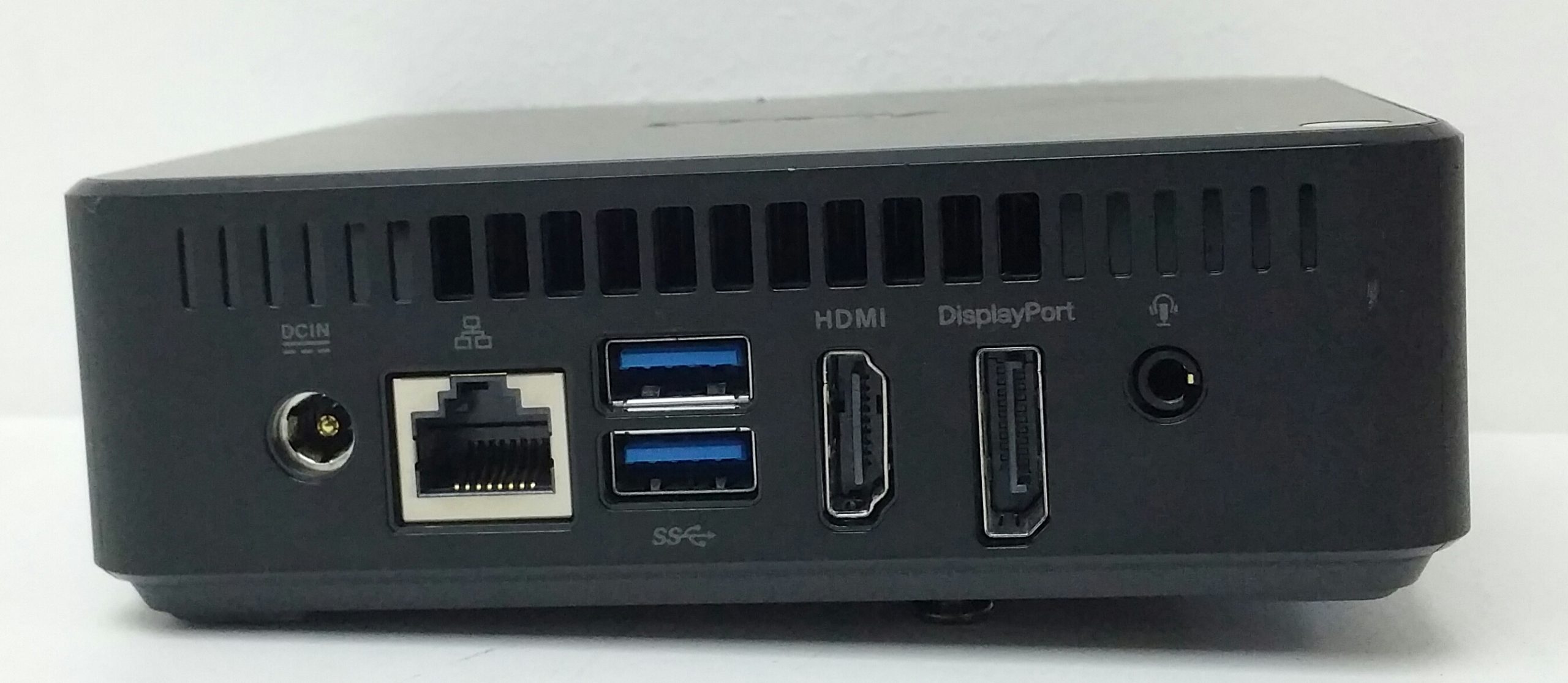
FAQ
- What operating system runs on the ASUS Chromebox 5a?
Chrome OS—Google’s secure, cloud-centric platform with automatic updates and sandboxed apps. - Can I run Windows or Linux natively?
Windows isn’t supported natively, but you can enable Linux (Crostini) within Chrome OS for many development workflows. - How many displays can it drive?
Two independent 4K 60 Hz monitors via dual HDMI 2.0 ports. - Does it support VESA mounting?
Yes—the included VESA bracket attaches easily behind monitors or on wall mounts. - Is it suitable for gaming?
Casual browser and Android games run smoothly, but it’s not designed for AAA desktop gaming. - How do updates work?
Chrome OS updates automatically in the background every six weeks, rebooting when you’re idle. - Can IT remotely manage these devices?
Absolutely—Chrome Enterprise enrollment enables policy control, app deployment, and remote wipe via the Google Admin console. - What security features are built in?
Verified Boot, sandboxed apps, automatic updates, TPM 2.0 support, and USB port control via policy. - How energy-efficient is the Chromebox 5a?
It consumes under 10 W during typical use, drastically lower than conventional desktops. - Where can I purchase the ASUS Chromebox 5a?
Available through authorized ASUS resellers, online marketplaces like eBay, and Chrome Enterprise solution providers—ensure your vendor is certified for warranty coverage.


